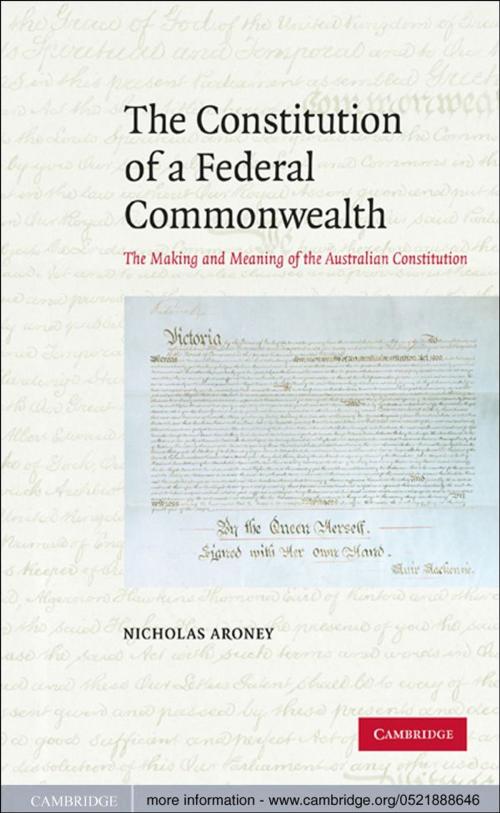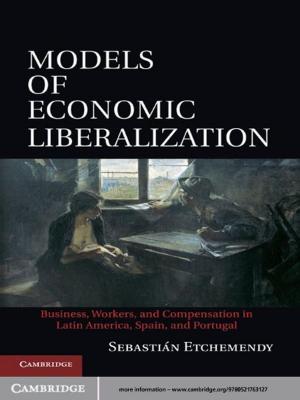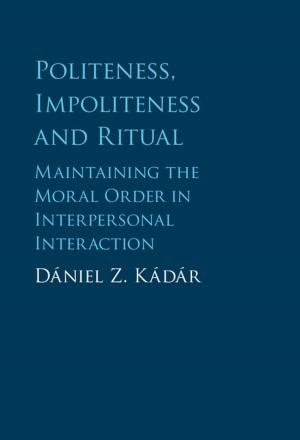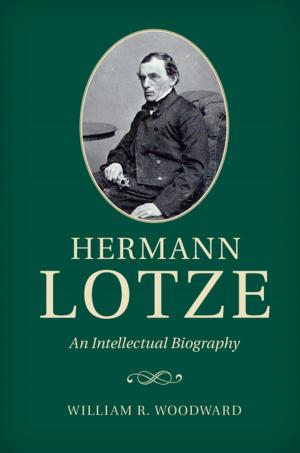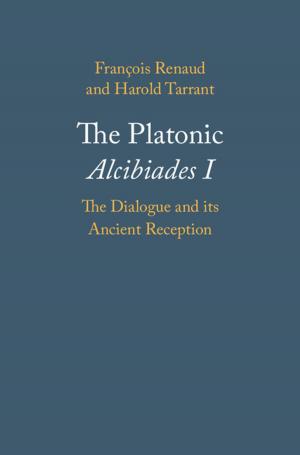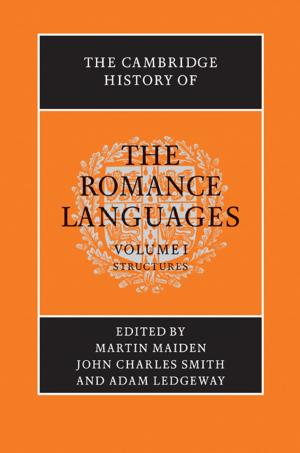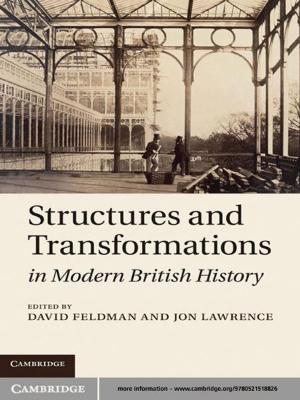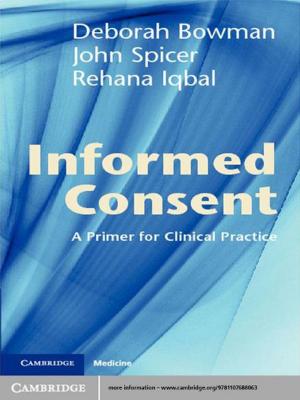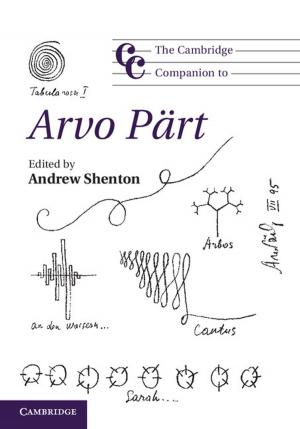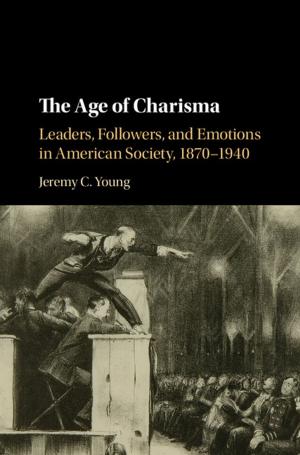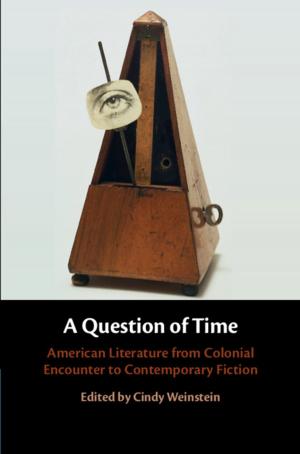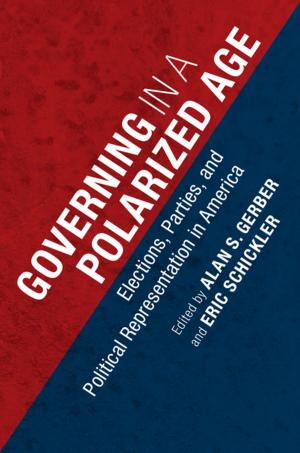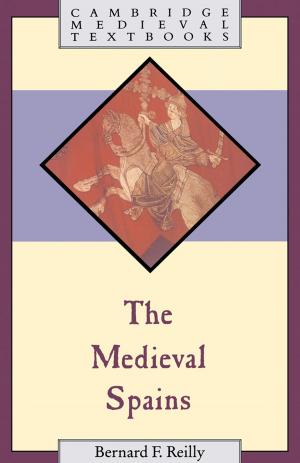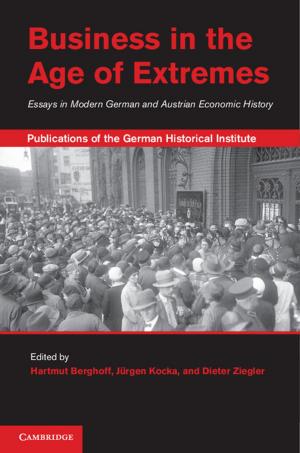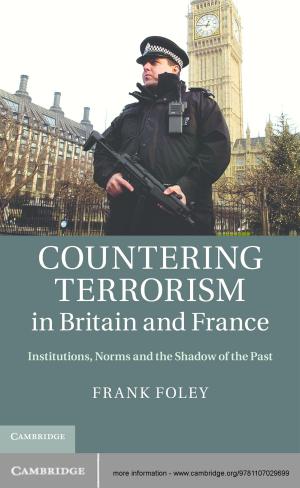The Constitution of a Federal Commonwealth
The Making and Meaning of the Australian Constitution
Nonfiction, Reference & Language, Law, Constitutional, Social & Cultural Studies, Political Science| Author: | Nicholas Aroney | ISBN: | 9780511737961 |
| Publisher: | Cambridge University Press | Publication: | February 19, 2009 |
| Imprint: | Cambridge University Press | Language: | English |
| Author: | Nicholas Aroney |
| ISBN: | 9780511737961 |
| Publisher: | Cambridge University Press |
| Publication: | February 19, 2009 |
| Imprint: | Cambridge University Press |
| Language: | English |
By analysing original sources and evaluating conceptual frameworks, this book discusses the idea proclaimed in the Preamble to the Constitution that Australia is a federal commonwealth. Taking careful account of the influence which the American, Canadian and Swiss Constitutions had upon the framers of the Australian Constitution, the author shows how the framers wrestled with the problem of integrating federal ideas with inherited British traditions and their own experiences of parliamentary government. In so doing, the book explains how the Constitution came into being in the context of the groundswell of federal ideas then sweeping the English-speaking world. In advancing an original argument about the relationship between the formation of the Constitution, the representative institutions, configurations of power and amending formulas contained therein, light is shed on the terms and structure of the Constitution and a range of problems associated with its interpretation and practical operation are addressed.
By analysing original sources and evaluating conceptual frameworks, this book discusses the idea proclaimed in the Preamble to the Constitution that Australia is a federal commonwealth. Taking careful account of the influence which the American, Canadian and Swiss Constitutions had upon the framers of the Australian Constitution, the author shows how the framers wrestled with the problem of integrating federal ideas with inherited British traditions and their own experiences of parliamentary government. In so doing, the book explains how the Constitution came into being in the context of the groundswell of federal ideas then sweeping the English-speaking world. In advancing an original argument about the relationship between the formation of the Constitution, the representative institutions, configurations of power and amending formulas contained therein, light is shed on the terms and structure of the Constitution and a range of problems associated with its interpretation and practical operation are addressed.
